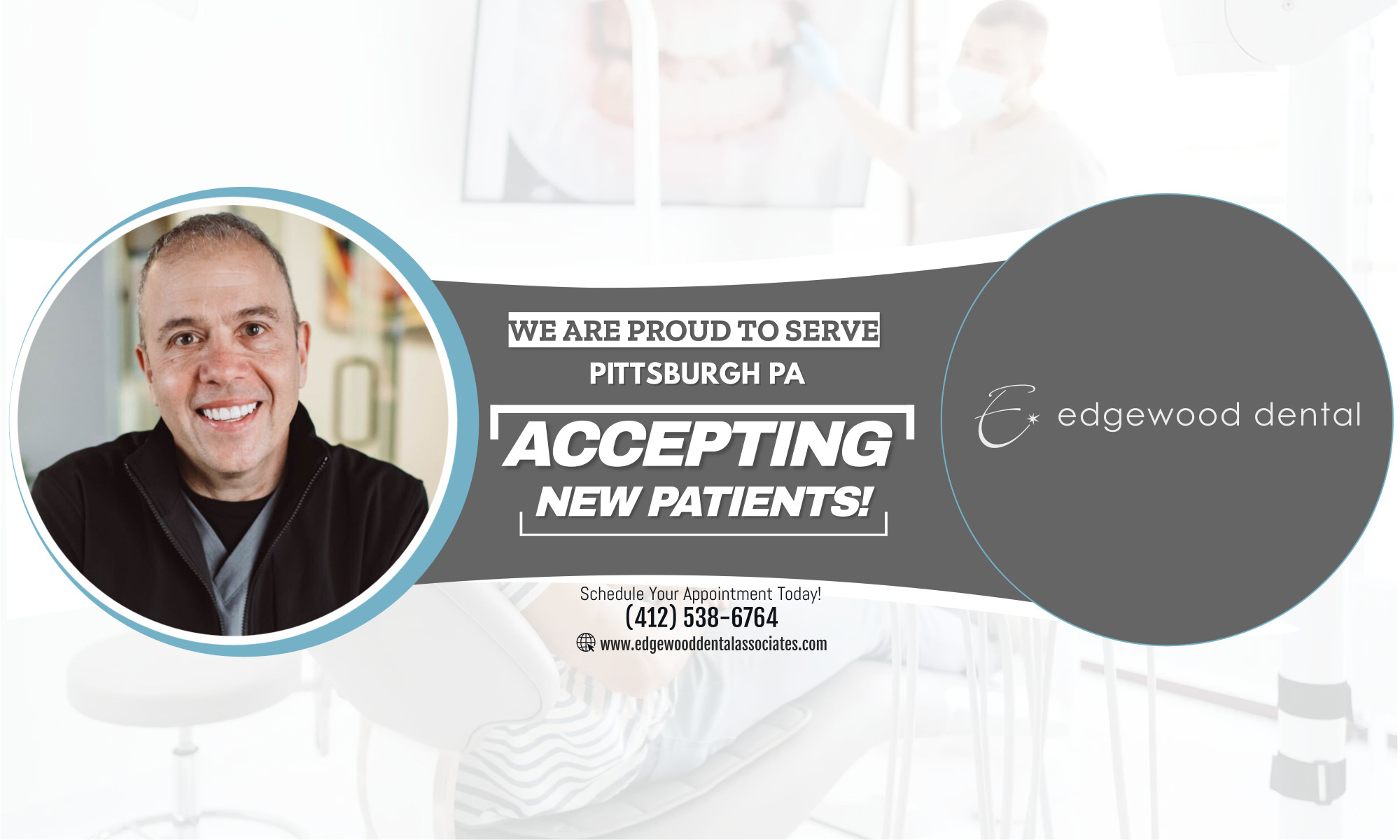Everybody wants the best smile possible and there’s no need to have it spoiled by gaps in your teeth or by teeth that are stained or badly shaped.
Whether the problem was caused by nature or by an injury, you may be able to have a veneer placed on top of your teeth to restore or improve your smile.
Veneers are thin, custom-made shells crafted from tooth-colored materials designed to cover the front side of teeth.
Your dentist will usually make a model of your teeth and the veneers will be made by a specialist dental technician.
A small amount of enamel has to be removed from your teeth to accommodate the shell so having veneers is usually an irreversible process.
In order to make the most of your veneer, your dentist may suggest that you avoid foods and drinks that could discolor them, such as coffee, tea or red wine.
It’s also possible that veneers might chip or fracture.
But, for many people, veneers are well worth it as they give them a completely new smile.
